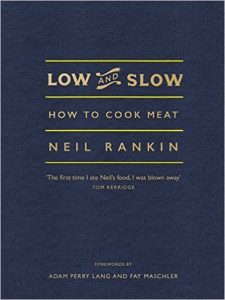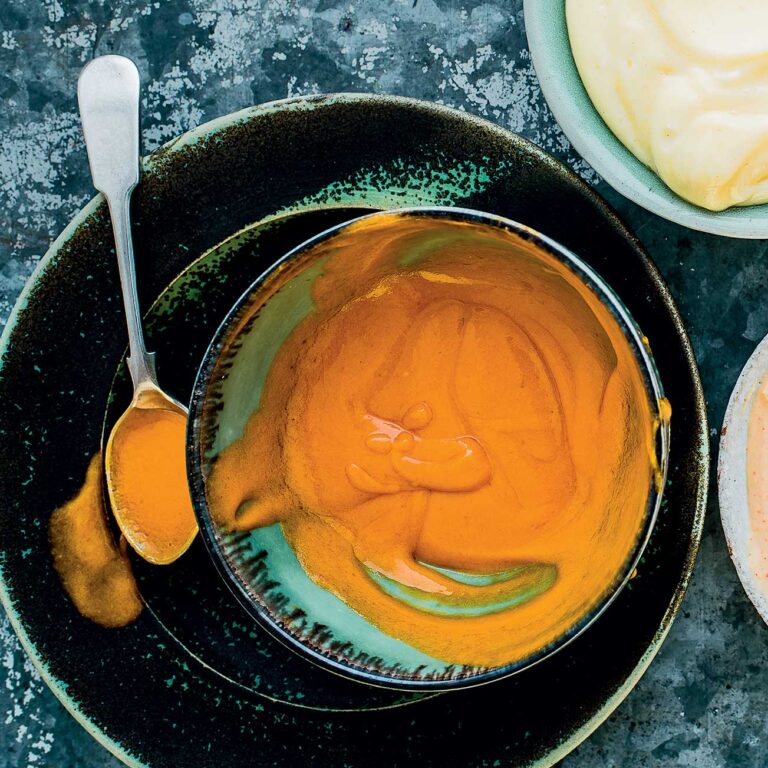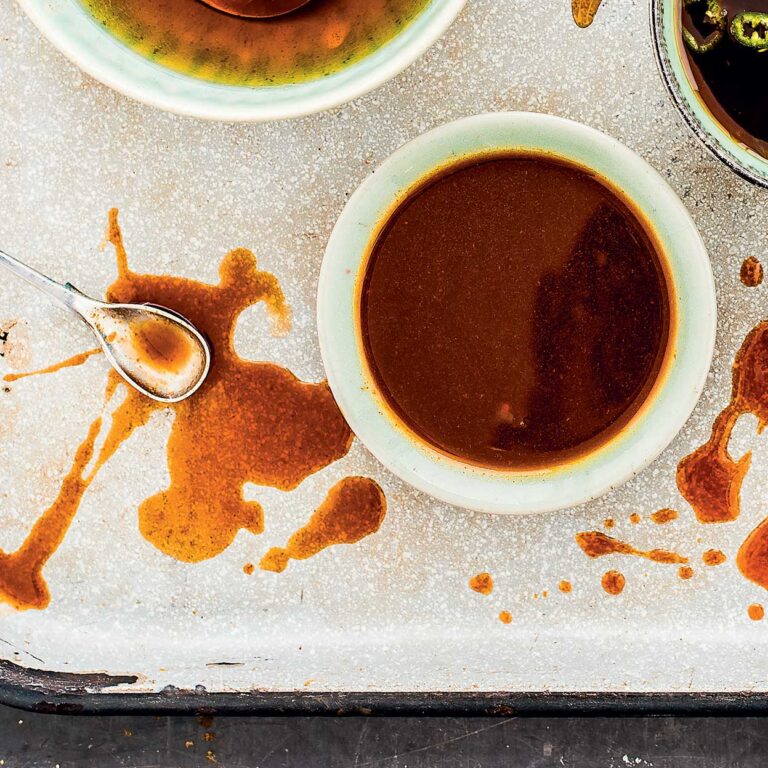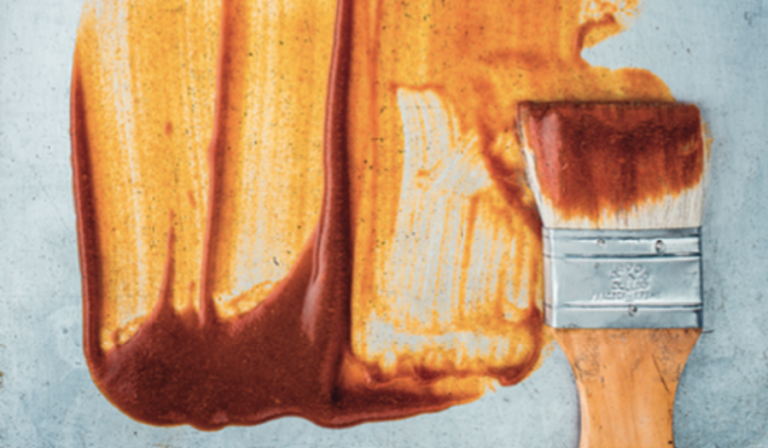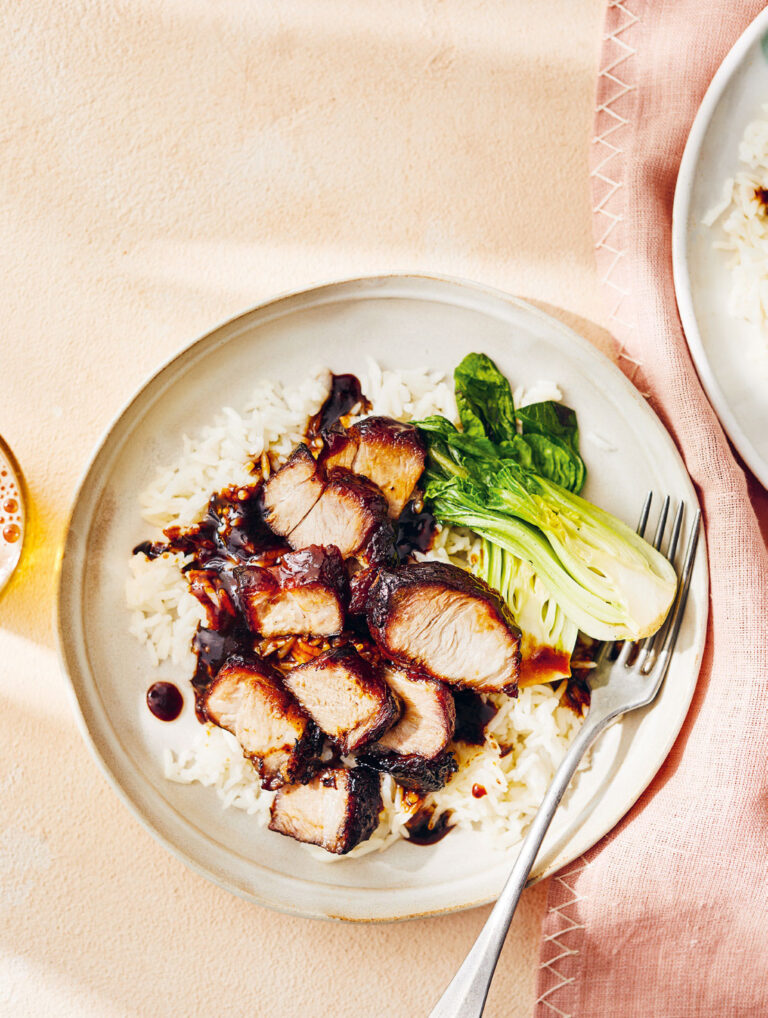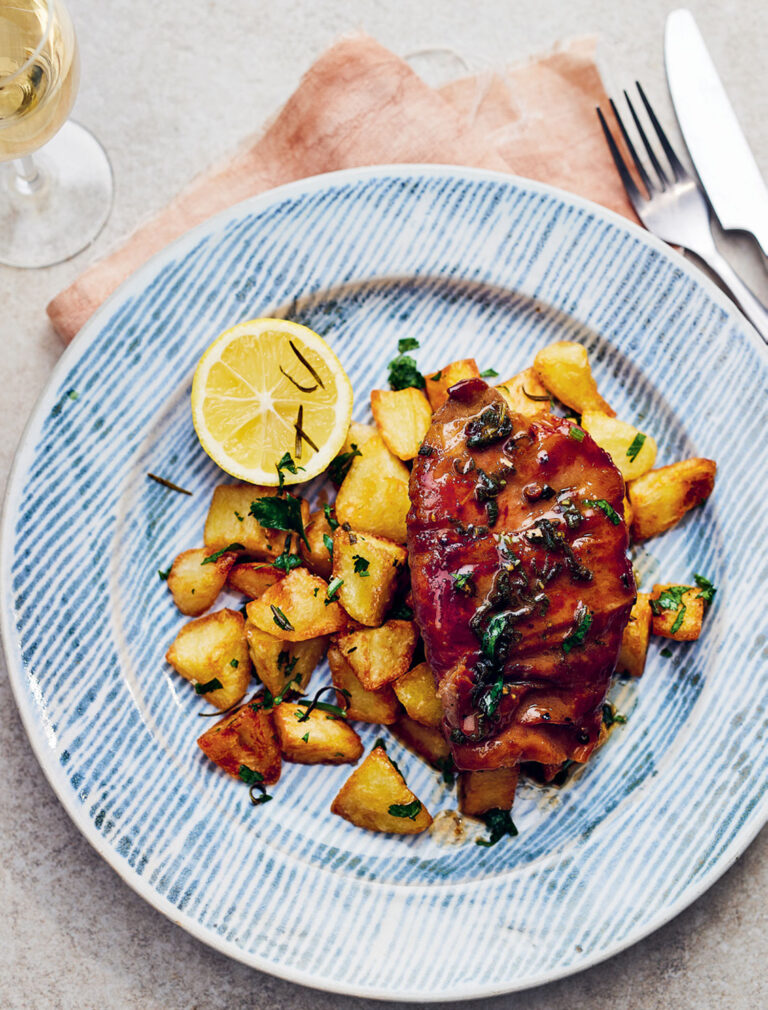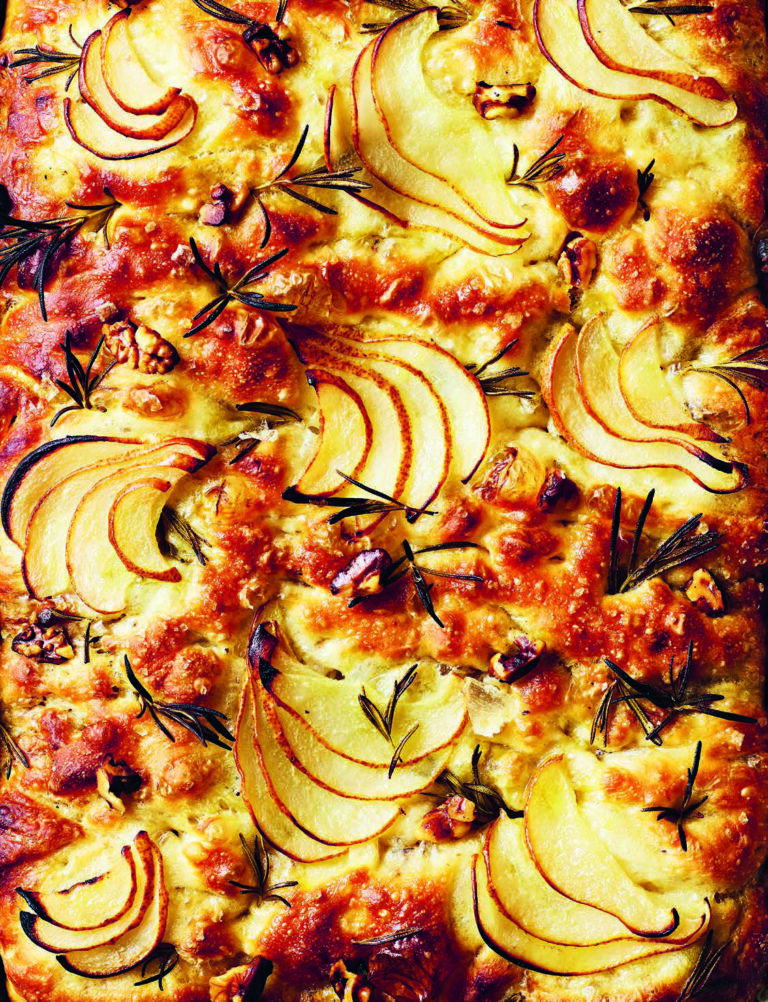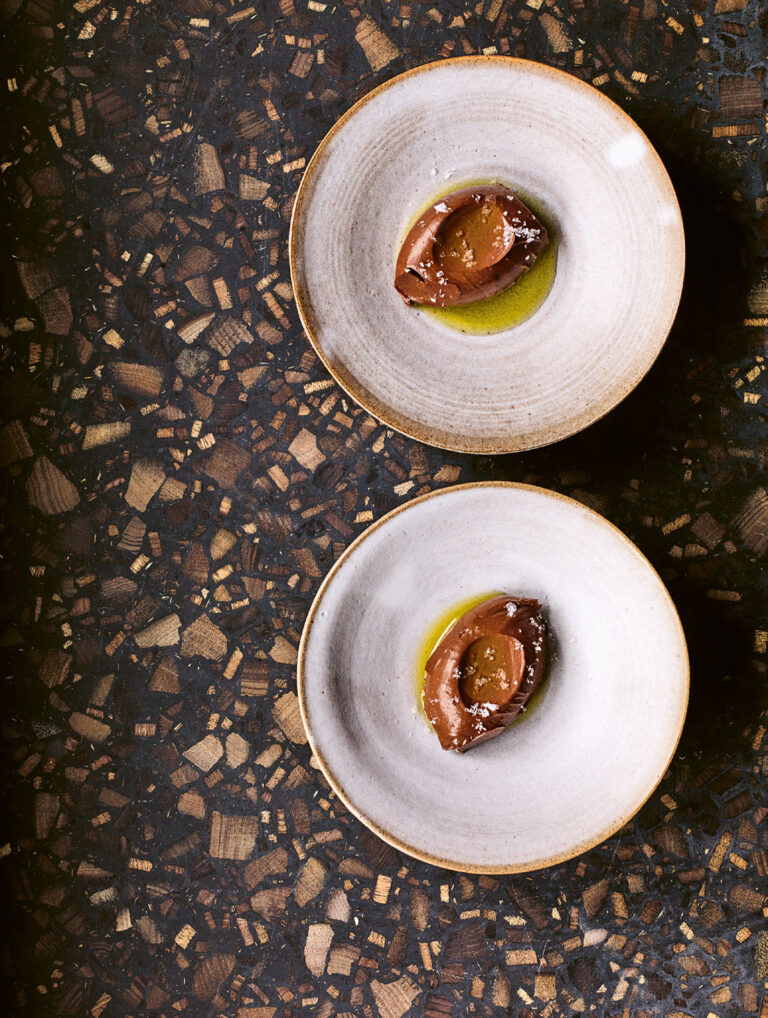Thrice-cooked pork loin
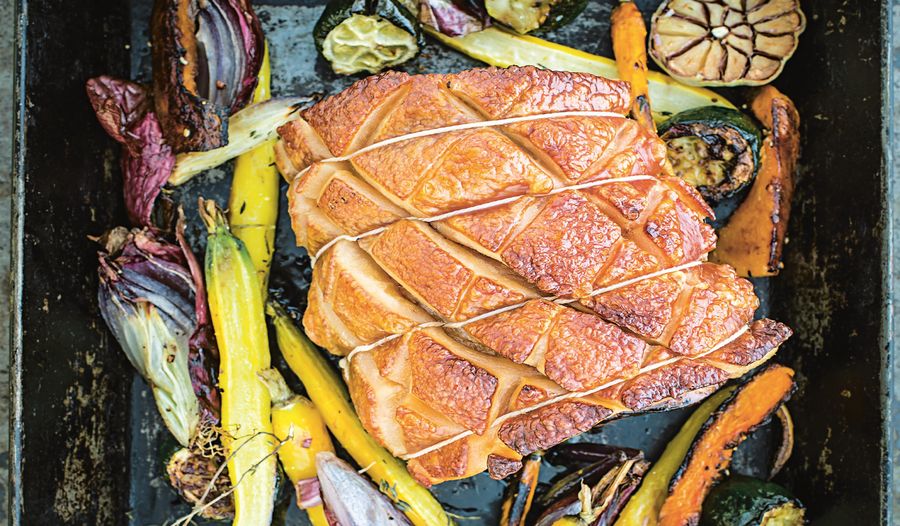
Make this weekend's roast one of the best with meat expert, Neil Rankin's recipe. Cook the pork on a low and slow, for the most succulent roast pork ever!
Introduction
Start this recipe the day before you want to eat it. If this were for me, I’d knock a few minutes off these timings, but I don’t want to get into trouble, so this recipe cooks the pork loin to medium.The big difference here is that loin can’t be cooked as far as belly, so you have to reduce the end roasting time. But you add an extra low oven drying time so the crackling cooks faster.
Timings are for a 1.5kg (8–10cm) boned and rolled loin joint, which will serve 4–6 people.
Ingredients
| 1.5kg | boned and rolled pork loin |
Method
Step 1: Poach Put the joint in a pan and cover with cold water. Bring to the boil, then simmer for 15 minutes. Remove from the heat and leave to cool in the water for 15 minutes.The pork should reach an internal temperature of around 55°C.
Step 2: Chill and Dry Place the pan in the sink under running cold water.When the pork has cooled down so it can be handled, lift it out and dry with a tea towel. Salt the skin, then leave in the fridge overnight, uncovered, to dry slightly and chill.
Step 3: Dry-bake Set your oven to 140°C. Cook the loin from fridge-cold for 40 minutes. On a probe thermometer it should read no more than 60°C internally.
Step 4: Chill Remove the pork from the oven. Cool slightly, then leave it in the freezer for 2–3 hours, or overnight in the fridge, to chill completely.
Step 5: Roast Set your oven to 220°C. Roast the pork from fridge-cold for 30 minutes, placing the meat on a rack with a tray to catch any fat underneath.The skin should puff up like a balloon. If it goes too dark, pull the pork out and turn down the temperature, then put it back in.The final internal temperature should be no higher than 63°C – if it’s lower, don’t worry as the core temp has already been reached during the previous cooking stages.
Reviews
1 Ratings
Have you tried this recipe? Let us know how it went by leaving a comment below.
Thank you for your rating. Our team will get back to any queries as soon as possible.
Please note: Moderation is enabled and may delay your comment being posted. There is no need to resubmit your comment. By posting a comment you are agreeing to the website Terms of Use.
